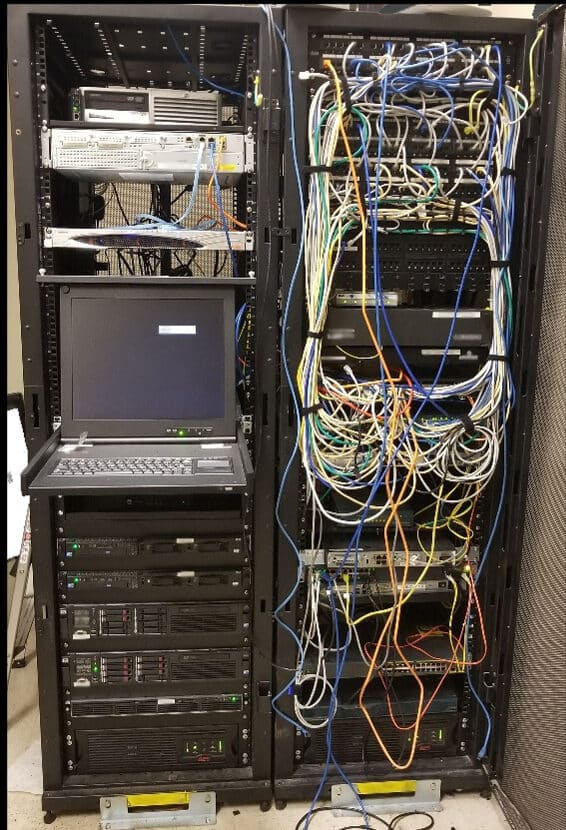The idea is to invest upfront in prevention before you have to endure financial losses to the tune of millions of dollars after a cyber-attack.
But what do the financial consequences look like? According to the latest report from IBM, the average cost of a data breach alone is at a 17-year high: $3.86 million to $4.24 million.
So, if there is one consistent fact about the cyber security landscape, it’s this: the cost of data breaches, malware attacks, ransomware, and intellectual property theft is only increasing. And no one knows how bad the situation will become before it improves substantially.
That’s where cyber security insurance comes into play and gives small-to-medium-sized businesses protection against millions of dollars in restitution fees, regulatory penalties, and damaged reputation among consumers.

What’s cyber insurance? A quick definition
Cyber insurance coverage is a type of liability insurance that’s more similar to errors and omission insurance than auto or health insurance.
In exchange for a monthly or quarterly fee, an insurer agrees to assume part of a business’s risk when operating online, but don’t confuse cyber insurance with standard E&O insurance because that specific type of policy doesn’t cover 3rd-parties.
On the other hand, cyber insurance will cover damages to 3rd-parties and cover any compliance penalties after the fact.
What does cyber insurance cover?
Cyber security insurance often works best to reimburse companies for the cost of a data breach, which can significantly exceed IBM’s figure, only an average, not the median amount of losses.
Among other provisions, cyber insurance coverage may reimburse you for expenses like:
● Legal counsel and defense
● Digital forensics contractors
● Notification costs
● Crisis communications
● Establishing call centers
● Ongoing credit monitoring for those affected by the data loss
These costs are the most common, yet you could pay for other expenses, not on this list.
If you find yourself at a loss when it comes to the aftermath of a data breach, we can help at Bridgehead IT.
Contact our experts today to learn more about why cyber insurance coverage is vital to your bottom line.
Cyber insurance coverage is a type of liability insurance that’s more similar to errors and omissions insurance than auto or health insurance.


